Curso 2018: Innovative approach to art
Conocer, idear, desarrollar... Innovative approach to art: explore, experiment and learn es un curso, destinado a docentes de Educación Infantil y Primaria, que pretende explorar las posibilidades del arte como vía para la enseñanza del inglés.
Impartido íntegramente en lengua inglesa, el curso está diseñado para ofrecer a los profesores herramientas para la creación de recursos educativos a través del arte. Se pretende, además, que la iniciativa sirva de apoyo a cualquiera de las materias que se imparten en inglés en los niveles de Educación Infantil y Primaria.
Durante el desarrollo de las distintas sesiones combinamos diferentes metodologías de aprendizaje, clases teóricas y prácticas junto con propuestas de trabajo y de generación de contenido basadas en el intercambio de ideas. Las obras del museo, se convierten de este modo en el nexo común en torno al cual reflexionar y compartir experiencias en relación a la lengua, la cultura inglesa, el patrimonio artístico y los vínculos interculturales.
Observaciones. 1. Actividad dirigida a profesores de la Comunidad de Madrid en activo. 2. Los profesores de centros concertados y privados y los profesores interinos deberán enviar por FAX (91 572 03 20) o por correo certificación actualizada de estar prestando servicios en su centro, antes de finalizar el periodo de inscripción. 3. Es necesario disponer de cuenta de correo electrónico en EducaMadrid a efectos de inscripción y seguimiento de la actividad. 4. Con el fin de compartir y difundir las aplicaciones didácticas más destacadas elaboradas por los asistentes, se recomienda incluir los datos del autor y la licencia "Creative Commons by-sa". 5. Los docentes admitidos en el curso que, sin causa plenamente justificada, no lo inicien o lo abandonen, no podrán participar en ningún otro curso durante los 12 meses siguientes.
¿Qué requisitos existen para la obtención del certificado? 1. Asistencia al total de horas de la fase presencial del curso. 2. Valoración de las actividades de formación según lo establecido en el capítulo II, artículo 5 de la Orden 2883/2008, de 6 de junio, BOCM Núm. 149, por la que se regula la Formación Permanente del Profesorado.
¡Importante! El curso se encuentra dirigido a docentes de Educación Infantil y Primaria que hayan obtenido la habilitación lingüística en idiomas extranjeros (especialidad inglés) y que desempeñen puestos bilingües en centros docentes públicos y concertados de la Comunidad de Madrid.


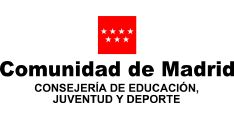
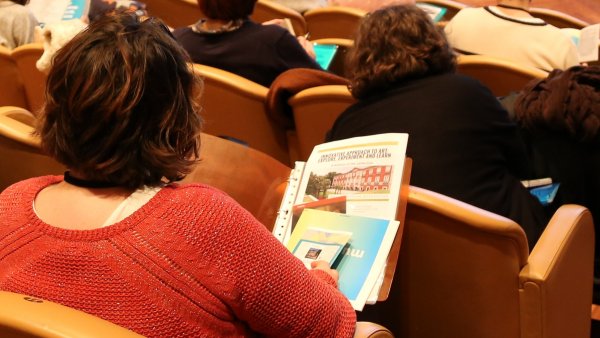
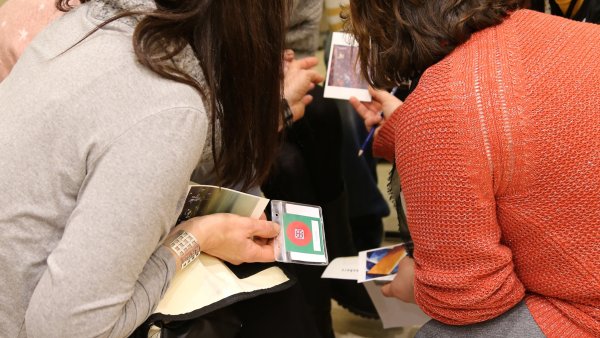
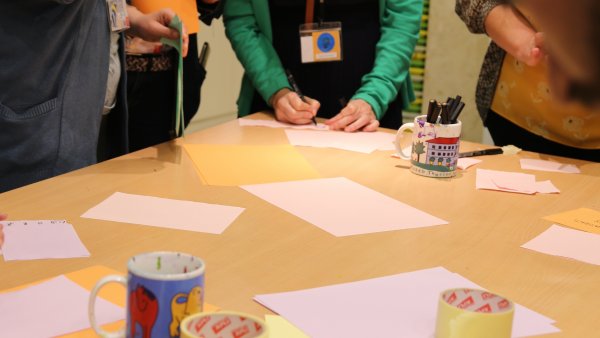
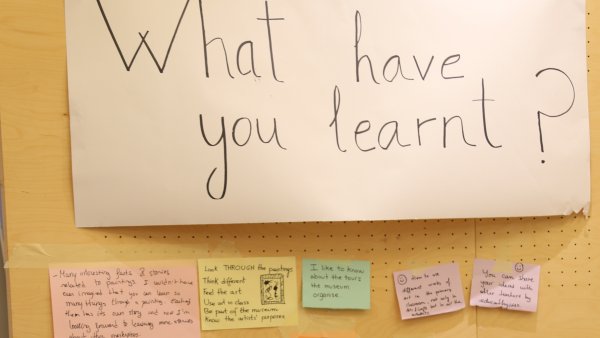

Hello Ana,
Thank you very much for writing. We have also worked this topic in our tours with students. Food is a topic we like a lot because you can use it to work with other many ideas. There are many pictures in the collection that you could use for your classroom. I give you a list with some of them but I encourage you to continue with the search because there are infinite possibilities.
The Abundance of Summer, Paul Lacroix
https://www.museothyssen.org/en/collection/artists/lacroix-paul/abundance-summer
The French Breakfast, Childe Hassam
https://www.museothyssen.org/en/collection/artists/hassam-childe/french-breakfast
The Pink Tablecloth, Georges Braque
https://www.museothyssen.org/en/collection/artists/braque-georges/pink-tablecloth
Richard Estes, Nedick's
https://www.museothyssen.org/en/collection/artists/estes-richard/nedicks
Pierre-Antoine Quillard, The Four Seasons: Winter
https://www.museothyssen.org/en/collection/artists/quillard-pierre-antoine/four-seasons-winter
I also give you the link to one of the videos we recorded to work in distance learning with schools from the United States. Actually it is a video aimed at older students but maybe It can give you some ideas to adapt for your students.
https://www.youtube.com/watch?v=VgEXf7kPn_k
See you on Tuesday,
Ángeles
Dear teachers,
I think I could relate the art to physical education playing some warm-up games like this:
I’ll call out the title of some paintings, and the students will have to run to some place in the court where they will do movements connected to the painting. For example, I can say “Varvara Fedorovna Stepanova” or “jugadores de Billar”, and they have to go to one of the goal areas to pretend they are playing pool. “Gimbattisa Tiepolo” or “Muerte de Jacinto”, and they will have to get to the other goal area as fast as they can to do tennis movements. Also, instead of calling out the names, I could show them a picture of the painting.
I would really appreciate If you told me about more paintings related to sports or something where the students can see some movements and skills.
Thank you for your collaboration!
Dear Alberto,
Thank you for sharing your experiences, we like your games and proposals a lot! We made a list to help you and continue working with your ideas; you can check it at the end of the text. In the list you can find some paintings from de collection related to sports, we have more, But we have selected only a short list to share with you. We don’t want you to feel overwhelmed with too much information.
We suggest that you go further in how to develop your ideas maybe try to think a bit more abstract. Think about movement, dancing, rhythm, flow, music. Related to these topics we highly recomend you to review the works of Jackson Pollock who involved his whole body in movement when creating his artworks.
With your experiences you give us lot of motivation and inspiration on how to prepare the next session and what could be most effective for you.
We are waiting for the other's opinions as well, to develop the 3rd activity to focus on your needs.
Have a good research and enjoy freedom in your experiments!
My Gallery
Aert van der Neer: Winter Landscape with Skaters on a Frozen Waterway, ca. 1650 – 1655
https://www.museothyssen.org/en/collection/artists/neer-aert-van-der/winter-landscape-skaters-frozen-waterway
Charles Sheeler: Wind, Sea and Sail, 1948
https://www.museothyssen.org/en/collection/artists/sheeler-charles/wind-sea-and-sail
Edgar Degas: Racehorses in a Landscape, 1894
https://www.museothyssen.org/en/collection/artists/degas-edgar/racehorses-landscape
Henri de Toulouse-Lautrec: The Jockeys, 1882
https://www.museothyssen.org/en/collection/artists/toulouse-lautrec-henri/jockeys
Oskar Schlemmer: Formation. Tri-partition, 1926
https://www.museothyssen.org/en/collection/artists/schlemmer-oskar/formationtri-partition
Robert Rauschenberg: Express, 1963
https://www.museothyssen.org/en/collection/artists/rauschenberg-robert/express
Sándor Bortnyik: The Twentieth Century, 1927
https://www.museothyssen.org/en/collection/artists/bortnyik-sandor/twentieth-century
David Bomberg: The Dancer, 1913
https://www.museothyssen.org/en/collection/artists/bomberg-david/dancer
ABSTRACT
Jackson Pollock: Brown and Silver I, ca. 1951
Thank you for giving me such a big list. Now I can think about more games relating these paintings to PE games!
Dear Colleagues!
This online-platform is made for us, feel free to use it. Please write and share your opinion about your work or ask questions for us. In that case we can talk and help each other: to guide our thinking, to inspire each other, to expand our creativity. The Comentarios area is a place where we can make contact and keep in touch with each other.
We will warmly expecting your ideas and curious about your opinions. Do you remember our questions?
And all of you, what do you think?